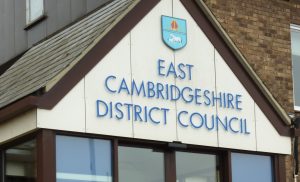This is the seventh and last in a series of posts about the ‘carbon footprint’ of the various parishes in the Sutton division. It uses https://impact-tool.org.uk/ which is a parish-level carbon emission estimator. This gives parishes and small communities usable data on their carbon emissions – the amount of carbon (or equivalent gases like methane) produced by our activities.
The https://impact-tool.org.uk/ estimator shows carbon emissions in two ways.
- Territorial emissions are those directly produced by the parish – its buildings, transport, land, and other amenities.
- Consumption emissions include the carbon from the things we buy and use which are brought into the parish from elsewhere.
The website also shows carbon emissions for each of those two options in total, and also per household. You can also compare parishes with other parishes in the area, with the district council average, and with the national average.
So, Witchford, which generates just over two per cent of East Cambridgeshire’s total carbon emissions. Per person, that’s 21.7 tonnes of CO2 equivalent a year – below the East Cambridgeshire average of 25.6. Like Mepal, Wentworth and East Cambridgeshire as a whole, its largest single source of emissions is road transport, but still below the district average. Housing is the second largest contributor, with agriculture and land use featuring less prominently than in the division’s more rural and less populated parishes.

What about consumption – emissions including all the things we buy and use, like food, clothing, heating and transport? That’s 19.6 tonnes per person per year in Witchford, which is higher than the East Cambridgeshire average. Unlike the district average, housing is in fourth place, while consumption of goods and services, travel, and food and diet are higher.

For more information about these calculations and how they work, visit https://impact-tool.org.uk/using-the-tool














